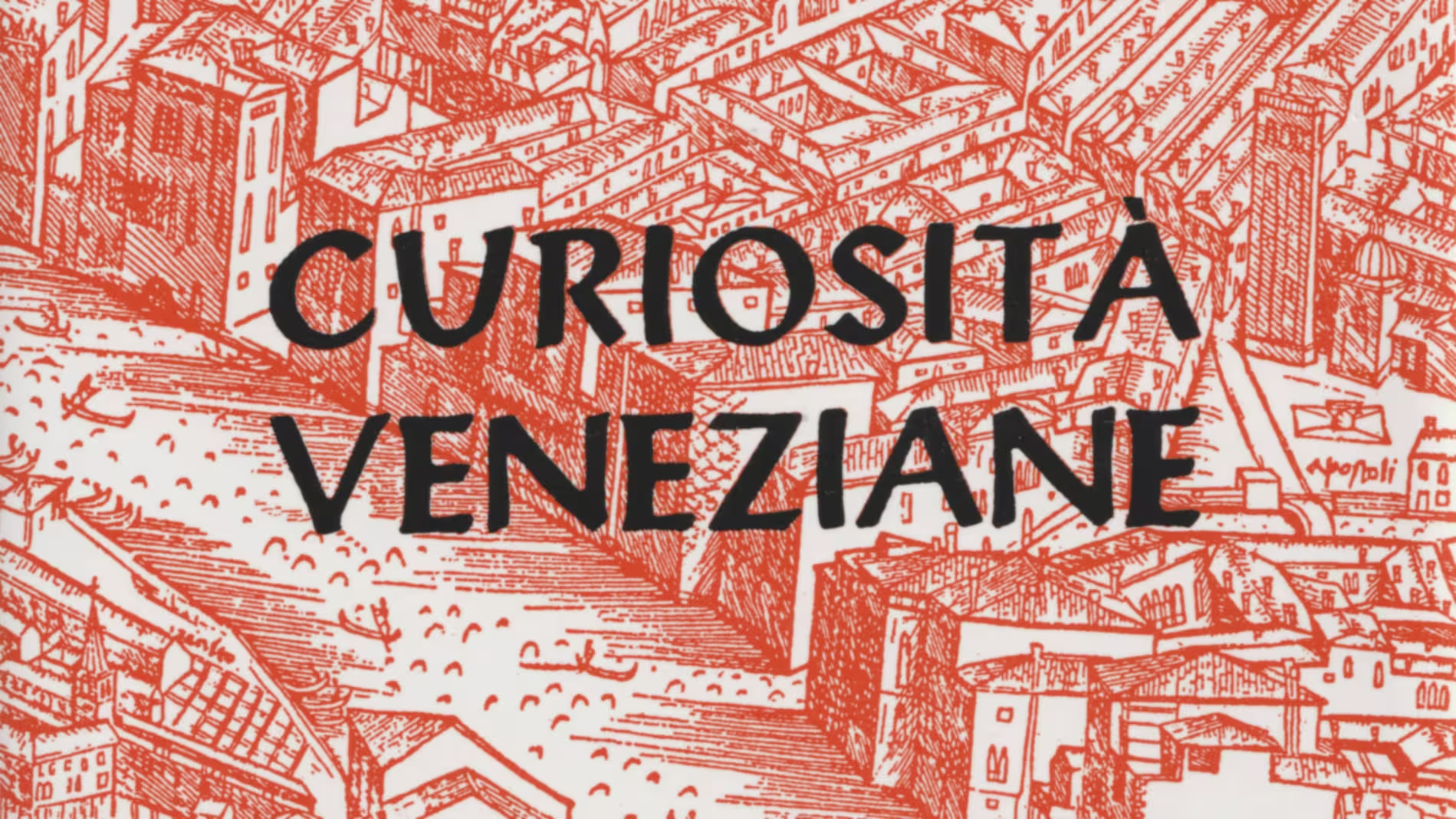Barbo (Ramo Corte, Corte, Ramo Corte seconda) at S. Pantaleone
Curiosità Veneziane by Giuseppe Tassini is the go-to book for information on Venetian toponyms, and a treasure trove of curious historical titbits. First published in 1863, it is still being reprinted regularly.
There is no English translation of the book, so I will translate selected entries on this site, whenever they’re used as sources for articles.
Barbo (Ramo Corte, Corte, Ramo Corte seconda) at S. Pantaleone. The chronicles affirm that the Barbo family came from Rome in the earliest times, and that they were ancient tribunes, wise and prudent, of a cheerful nature, good companions, and ingenious in matters of the sea.
Codex 183, Class VII, of the Marciana, proves that this family had possessions in the parish of S. Pantaleone since the year 1188. Even in 1379 the Barbo patricians lived at S. Pantaleone, and were a faction of the Cadastre of the Municipality. Among these, Pantalon Barbo il piccolo was employed by the Republic in important services, and was much hatred by Francesco di Carrara, Lord of Padua, who in 1372 sent some emissaries to have him murdered. The plot failed, as it was suspected (as we read in Caroldo’s handwritten chronicle, Codex 141, Class VII of the Marciana) by Cattaruzza, a prostitute in the Castelletto, which was a place in Rialto dedicated to sinners, and together with Margarita for some words Gobba told them, who had a merchandise shop behind S. Marco. The murderers were then executed, and the women who revealed the fact were rewarded. Nicolò Barbo q.m. Giovanni, also from S. Pantaleone, having found Bona Tartara, whom he kept in his house as a slave, pregnant with one of his servants. beat her severely cum un bigolo ab acqua.1 The slave, swearing revenge, immediately ran to buy some arsenic in a nearby pharmacy, and put it in her master’s soup, whereupon he soon died. She, by sentence of the Quarantia Criminale of May 19th, 1410, was condemned to be led along the Grand Canal tied to a pole on a peata, while a town crier shouted her misdeed in a loud voice, and then to be dragged by a horse’s tail through the city until between the two columns at S. Marco, and there to be publicly burned.
Among the distinguished members of the Barbo family we will name Lodovico who was elected bishop of Treviso in 1437, and the Pietro who ascended the papal throne on 30 August 1464 with the name of Paul II. See Papa (Sottoportico e Corte del). The Barbos became extinct in the last century. Their palace at S. Pantaleone is named by Ridolfi (Delle Maraviglie dell’Arte, ovvero Delle Vite degl’illustri Pittori Veneti e dello Stato) with the following words: In the house of the Barbos at S. Pantaleone one can admire on the ceiling of a room a cappriccio of dreams and some deities in a sky with various images of the things brought sleep to the minds of mortals, and allegories of the four seasons in the enclosure. These paintings were by Tintoretto.2 On the stairs of the same palace, which later belonged to the Bembos, there was a very ancient symbol in marble, drawn by Grevembroch (Veneziane Curiosità Sacre e Profane at the Civic Museum).
Translator’s notes
- A bigolo ab acqua is a kind of yoke used to carry two buckets of water over the shoulders. ↩︎
- Tintoretto’s ceiling is now in the Detroit Institute of Arts, since 1923. ↩︎
Related entries
Related articles
Localities
Original Italian text
Barbo (Ramo Corte, Corte, Ramo Corte seconda) in Curiosità Veneziane.


Leave a Reply